Caffeine in schools: should the cafeteria be providing energy drinks?
April 12, 2022
Upon entering a Lincoln Southeast High School (LSE) classroom at 7 or 8 a.m., one may notice that caffeine is everywhere. Scattered across the desks are wide varieties and different flavors of coffee and carbonated energy drinks such as Monsters, Red-bulls and Bangs. But by far the most popular drink is the Mountain Dew Kickstart, purchased in the LSE cafeteria.
Kickstarts have made a full return since their absence in the past semester due to supply issues, leaving many caffeine-dependent students ecstatic.
Cafeteria Manager Tammie Rayburn says the school “sells anywhere from…100 to 150 a day,” thus proving the popularity of the drink.
Most of these buyers tend to be daily, or very often, consumers of the drink, especially of those who thrive off of the alertness provided by the caffeine and sugar contents.
According to Rayburn, the school limits each student to two drinks a day, and Nutritional Services ensures all drinks sold by schools meet federal guidelines. But whether or not the school should be fueling caffeine addictions by adding even higher caffeinated drinks remains a question of debate.
LSE junior Tessa Donahoe consumes caffeine on the daily, and says that it has just been a part of her family culture since she was little.
“It’s either coffee or an energy drink. Today I had both. I had a cup of coffee and then a Kickstart when I got to school,” Donahoe said.
She says that although a big reason for it is because she simply enjoys the taste of the drinks, she also feels like she needs it in order to be alert.
“I’m always tired, no matter how much sleep I get,” she said. “So [caffeine] helps, but it doesn’t help as much anymore because I drink it so much.”
In the time period when Kickstarts were not at LSE, Donahoe says she was fine when they were not there, but once they returned, the easy access makes them irresistible.
“Now that they’re back, I’m like, this is here, I have it now. Now that it’s fresh in my memory again I’m like ‘I want this’,” she said.
Regardless of her caffeine addiction, she still is of the belief that the school should not be providing this option for students.
“I feel like it almost shouldn’t be at schools at all,” Donahoe said.
She says that the convenience of having highly caffeinated drinks just within reach could become a danger to the health of many students.
“Sometimes I forget that scanning your ID literally goes through the app which connects to the money your parents put on your account,” Donahoe said.
She says that the food buying process at schools doesn’t even seem like she is spending real money, which could result in reckless spending of money on these drinks.
With Kickstarts specifically, they do not have as high of a dosage of caffeine as the usual energy drink, but typical energy drinks range anywhere from 150-300 mg– a Bang Energy Drink is worth about three 8 oz. cups of black coffee.
Donahoe acknowledges that aside from the drawbacks, many would disagree with her opinion on the matter.
“Some people will be like: ‘well, we’re in high school, so I feel like we’re old enough to have the choice,’” she said. “But I feel like it shouldn’t be normalized that way.”
Additionally, she thinks that the use of caffeine as a substitute for proper sleep is a dangerous mindset for students.
“I feel like if people have the thought of like ‘oh, there’s caffeine at school’, then they’re going to be like ‘I can stay up late’,” Donahoe said. “But that’s not going to help. It’s going to worsen their performance because they’ll be sleep deprived.”
Junior at Lincoln Southwest High School Thea Gardner says she experienced many concerning symptoms as a result of her persistent caffeine consumption.
“I started drinking energy drinks because they were more convenient and cheaper than going out to get coffee somewhere,” she said. “However, they gradually started to rein in negative effects on me such as nausea, heart palpitations, panic attacks, sweating and a dependence on them to stay awake.”
So the next time you’re making the decision to stop by your local CVS for a celsius, or even to pick out a Pineapple Orange Mango Kickstart– regarded as the most popular flavor according to Rayburn– from your LSE cafeteria, maybe reconsider.

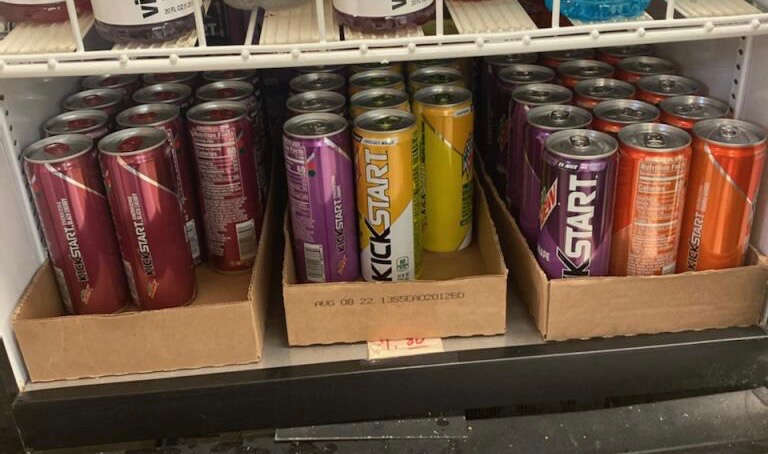


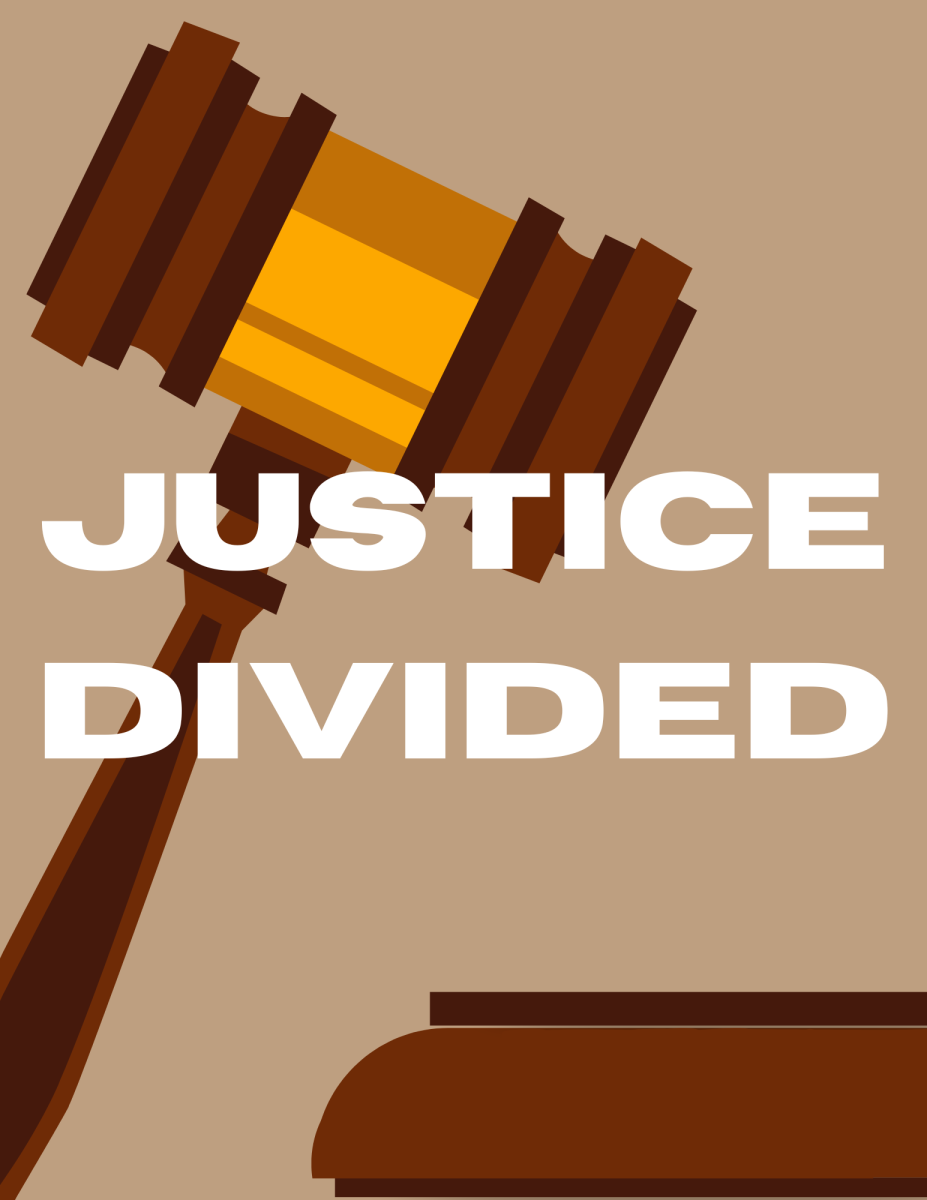
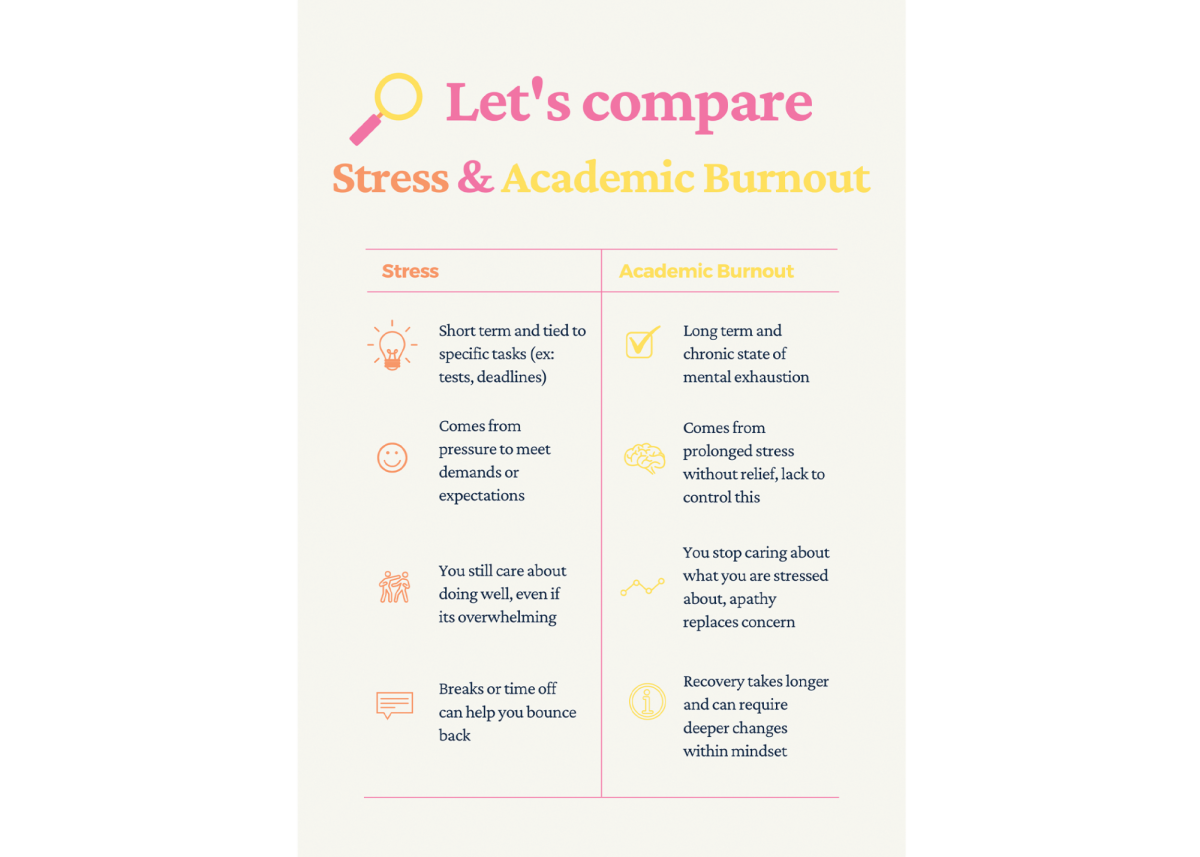

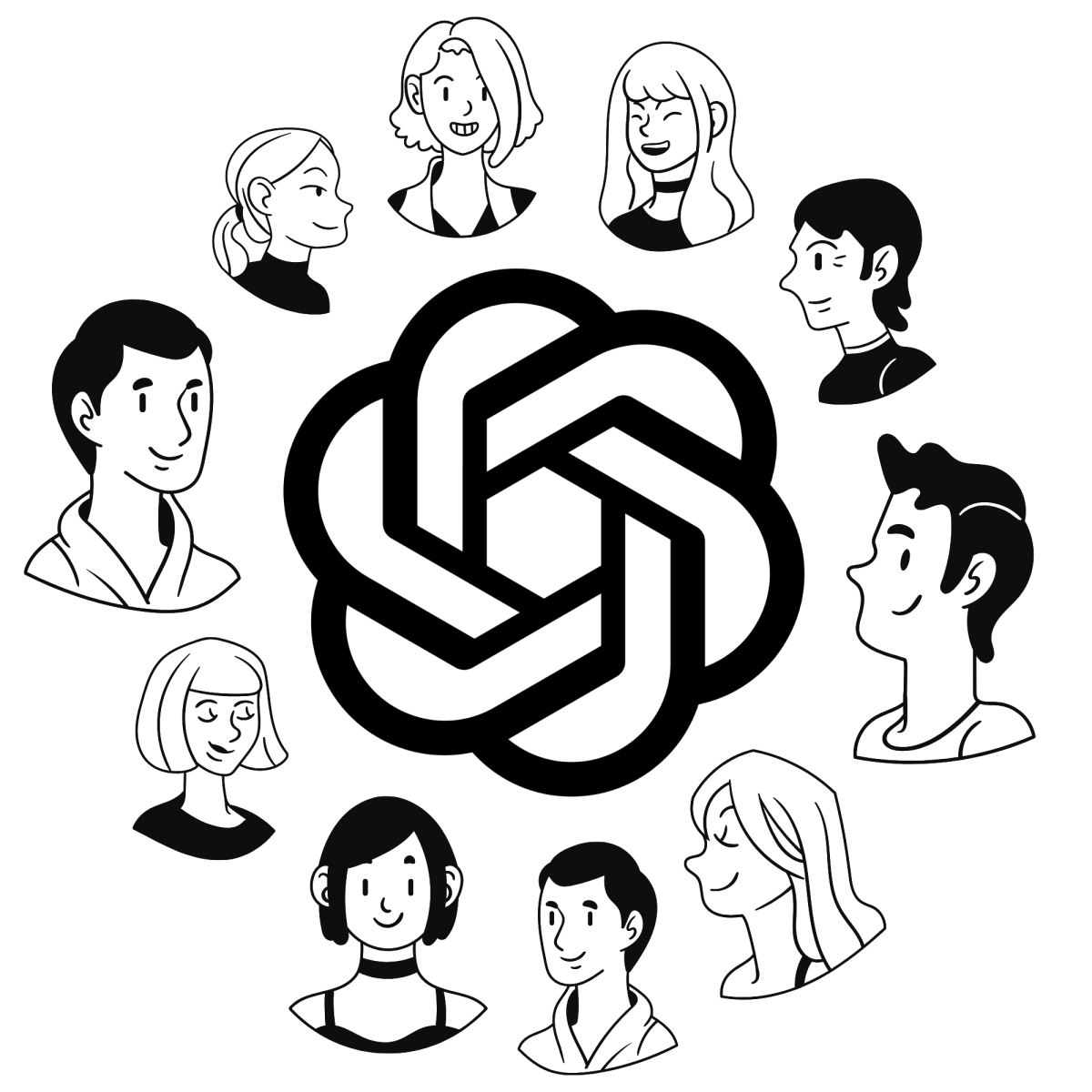


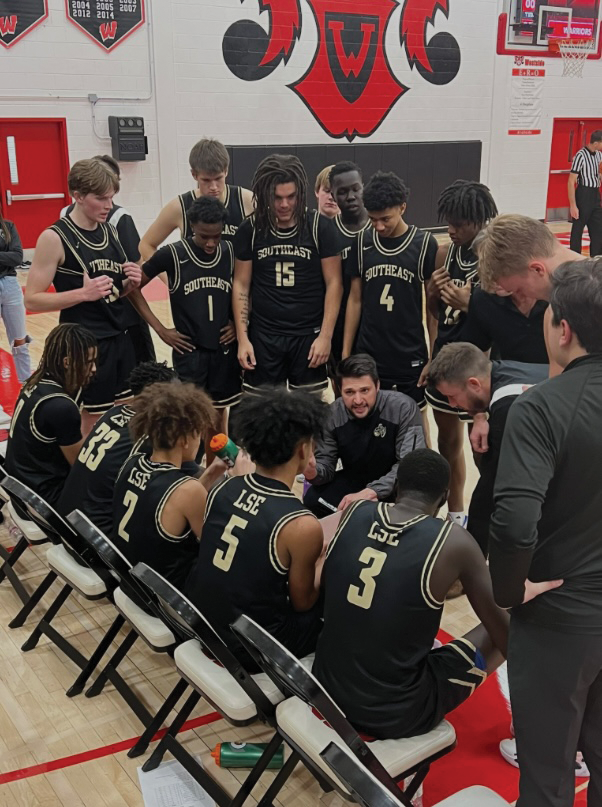
Jacob Convisor • Jun 9, 2023 at 9:53 AM
This is good article. Way good read. Good write for human. Prop to you kind write.